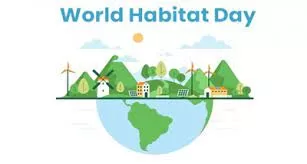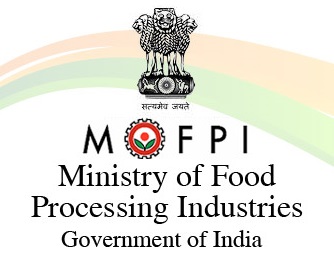In his address at World Habitat Day (WHD) 2023, Shri Hardeep Singh Puri, Minister of Housing & Urban Affairs and Petroleum and Natural Gas, emphasized the growing understanding of the significance of World Habitat Day. He traced the evolution of World Habitat Day since its conceptualization in the 1980s, noting that it was first introduced in 1986 in Nairobi, Kenya, with the theme ‘Shelter is my Right,’ addressing the acute problem of inadequate shelter in cities.
Key points from Shri Hardeep Singh Puri’s address:
- Evolution of Discourse: The discourse around human settlements has evolved over the years, reflecting priorities such as safety, women’s empowerment, sanitation, and dignity of work.
- SDGs and Inclusive Approach: The approach towards development has evolved through Millennium Development Goals and Sustainable Development Goals (SDGs), designed from a citizen-centric perspective with a focus on an inclusive and bottom-up approach.
- Urban Transformation in India: The focus on urban transformation has increased considerably, with a shift from neglect in urban development before 2014 to significant investments under the leadership of Prime Minister Shri Narendra Modi. Over Rs. 18 lakh crores have been invested since 2014 in the transformation of cities and towns.
- Urban Waste Processing: The Minister highlighted the improvement in urban waste processing from around 17 percent in 2014 to 76 percent in the present. He expressed confidence that urban waste processing will reach 100 percent in the coming time.
- World Habitat Day 2023 Theme: The theme for World Habitat Day 2023, ‘Resilient urban economies: Cities as drivers of growth and recovery,’ is aptly chosen. The discussion on this subject is significant as the world experiences its first year without the disruption of the pandemic.
- Sustainable Growth of Urban Spaces: Sustainability is incorporated into urban transport and other policy matters related to urban development. Green alternatives like electric vehicles are being promoted to fill the vacuum in urban transport.
- Urban Contribution to GDP: Urban areas contribute significantly to a country’s economic growth. Cities are productive hubs, generating over 75 percent of the world’s GDP. In India, cities contribute 66 percent to the national GDP, expected to reach 80 percent by 2050.
- Future-Proofing Urban Economies: The theme focuses on future-proofing urban economies to make them better prepared to handle unforeseen events, pandemics, and other catastrophic events.
- Use of Innovative Ways: Cities are urged to use innovative ways, such as municipal bonds, for raising financial resources. Municipal bonds have been successful in raising resources, increasing Urban Local Body (ULB) creditworthiness, and making them attractive investment destinations.
- India’s Model of Planned Urbanization: India’s model of planned urbanization, underpinned by a focus on Antyodaya Se Sarvodaya (upliftment of the weakest), ensures vibrant and economically thriving cities. The Minister highlighted the success of large-scale programs and the green transition in Indian cities.
World Habitat Day is celebrated on the first Monday of October, launching Urban October globally. This year’s theme focuses on cities as drivers of growth and recovery, aligning with the 2030 Agenda for Sustainable Development. The event convened various urban stakeholders to discuss ways in which cities can address economic and environmental challenges.





